If you want to become a smarter grocery store shopper, one of the key strategies is to know how to spot the “loss leaders.” Loss leaders are those super low-priced items that stores use to get people in the door, with the hopes that you’ll end up spending more on other higher-priced items. But two can play that game.
Today I’ll teach you exactly what a loss leader is, how to spot them at your grocery store (without getting duped!), and why stores set prices the way they do. With these tips, you can learn to keep your grocery bills manageable and know which items to stock up on and when. Consider this your loss leaders crash course.
For more smart shopping tips and savings hacks, text HACKS to 57299.
1. In a nutshell, grocery stores sell loss leaders to get you into the store.

With egg prices skyrocketing to $6 (or more) per dozen, I decided to take a trip to Costco for their two dozen eggs for $6. Awesome deal, right?
Little did I know that Costco’s egg deal is a classic loss leader strategy. How does it work? Costco offers a super low price knowing they’ll actually lose money on egg sales. But the price is so good that it gets you into the store. And while you’re there, you’re more than likely to pick up a few other items you need, like body wash, milk, peanut butter, trash bags, etc.
So grocery stores purposely sell loss leaders to get you into the store, then bank on you buying other higher-priced items in the same shopping trip. This is where a strict shopping list — and knowledge of loss leaders — will come in handy.
2. Look for loss leaders on the front page of your grocery store’s weekly ad.

Being able to identify loss leader products on the fly is a great way to cut down your grocery bill — a tough thing to do in this era of inflation.
One of the easiest ways to spot a loss leader? Open up the store’s weekly ad. The items on the front page are almost always the top loss leaders for that sale period. A whole watermelon for $4.99! Pasta for $0.88! The idea is that the loss leader prices are way under the normal cost to get you in the door.
But don’t get fooled into thinking every item in the weekly circular is a great deal. Some advertised items might only be a few cents cheaper than their regular price, or they might require you to buy more than you need to reap the savings (i.e. buy two get one free).
3. Rock-bottom deals are often placed at the back of the store (on purpose).
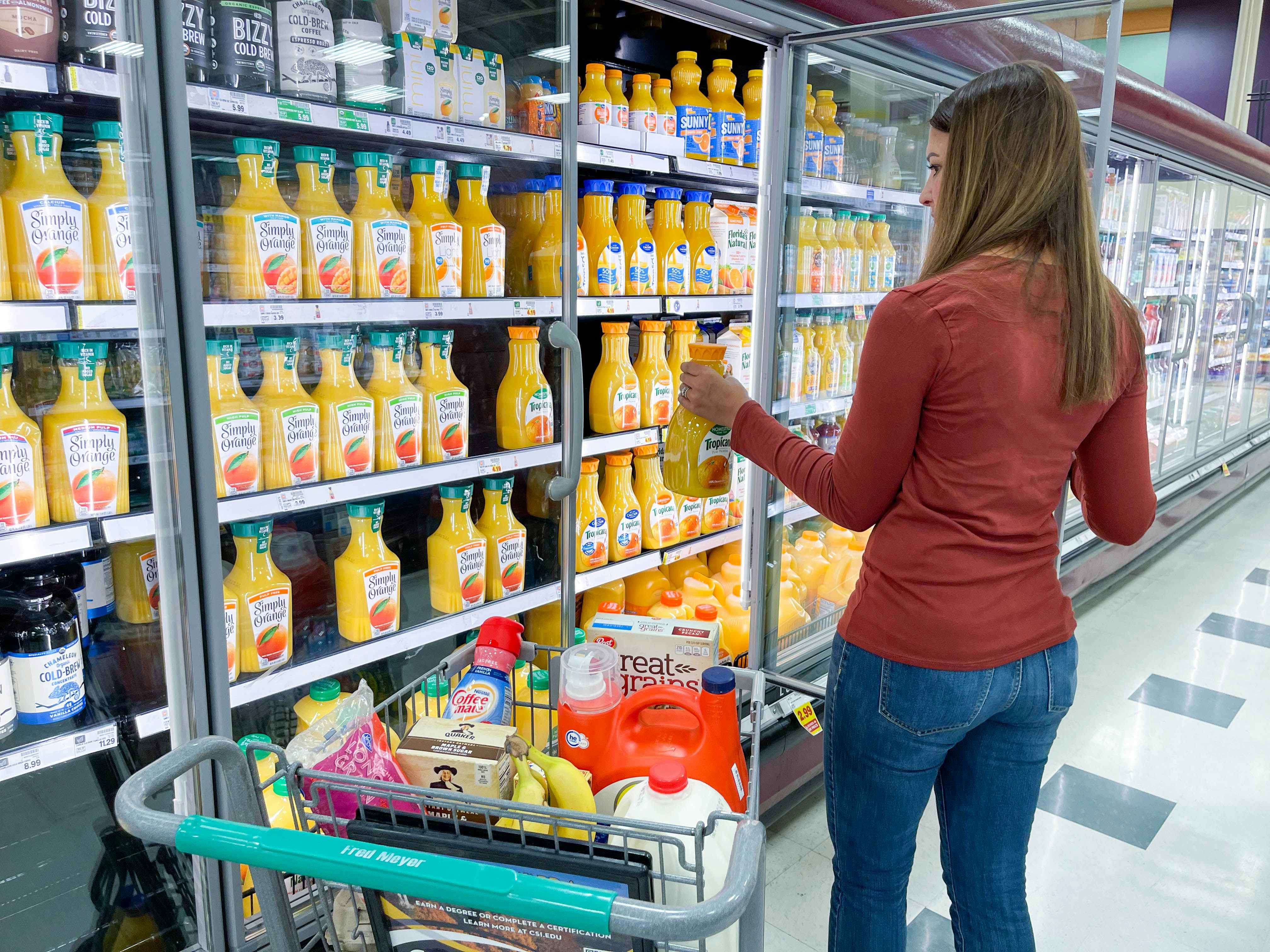
Placing low-priced items at the back of the store isn’t just a coincidence — it’s a strategy. Why? Because stores are hoping you’ll pick up at least one other item before you get to the good stuff.
Stay strong, my smart shoppers. Head to the back of the store and resist the urge to pick up the regular-priced items you see along the way.
4. Stock up on loss leaders when you see them.

The best way to maximize loss leader pricing is to only buy those items — and if it’s allowed, stock up!
Using the ground beef example, the $2.99 per pound price is on the large family pack. You could buy a couple of those and then freeze smaller portions so you have enough beef to make several meals. This is ultimately less money than getting a regularly priced package (which is around $5 a pound) each week.
5. Always compare prices — just because an item’s on sale doesn’t mean it’s a good deal.

Don’t get fooled into thinking every item in the weekly ad or sale aisle is a good deal. Some advertised items might only be a few cents cheaper than the norm, or they might require you to buy more than you need to reap the savings (i.e. buy two get one free, or five for $5).
Remember, smart marketers will also throw in some regular or only slightly reduced prices in their weekly ads just to throw you off the scent. Those are not loss leaders, but stores want you to think they must be great deals, too.
6. Steer clear of inflated prices, aka a loss leader’s evil opposite.

If loss leader pricing has attracted you to a store where you don’t normally shop, you might be tempted to just do your full shopping there to avoid another trip. But if you find that most of your list items are more expensive than your regular store, you could end up negating the savings on the loss leaders entirely.
Related: To give you an idea of how to compare costs like a professional, use our deep-dive into how to save on cereal.
7. Look for these loss leaders at the top grocery stores:
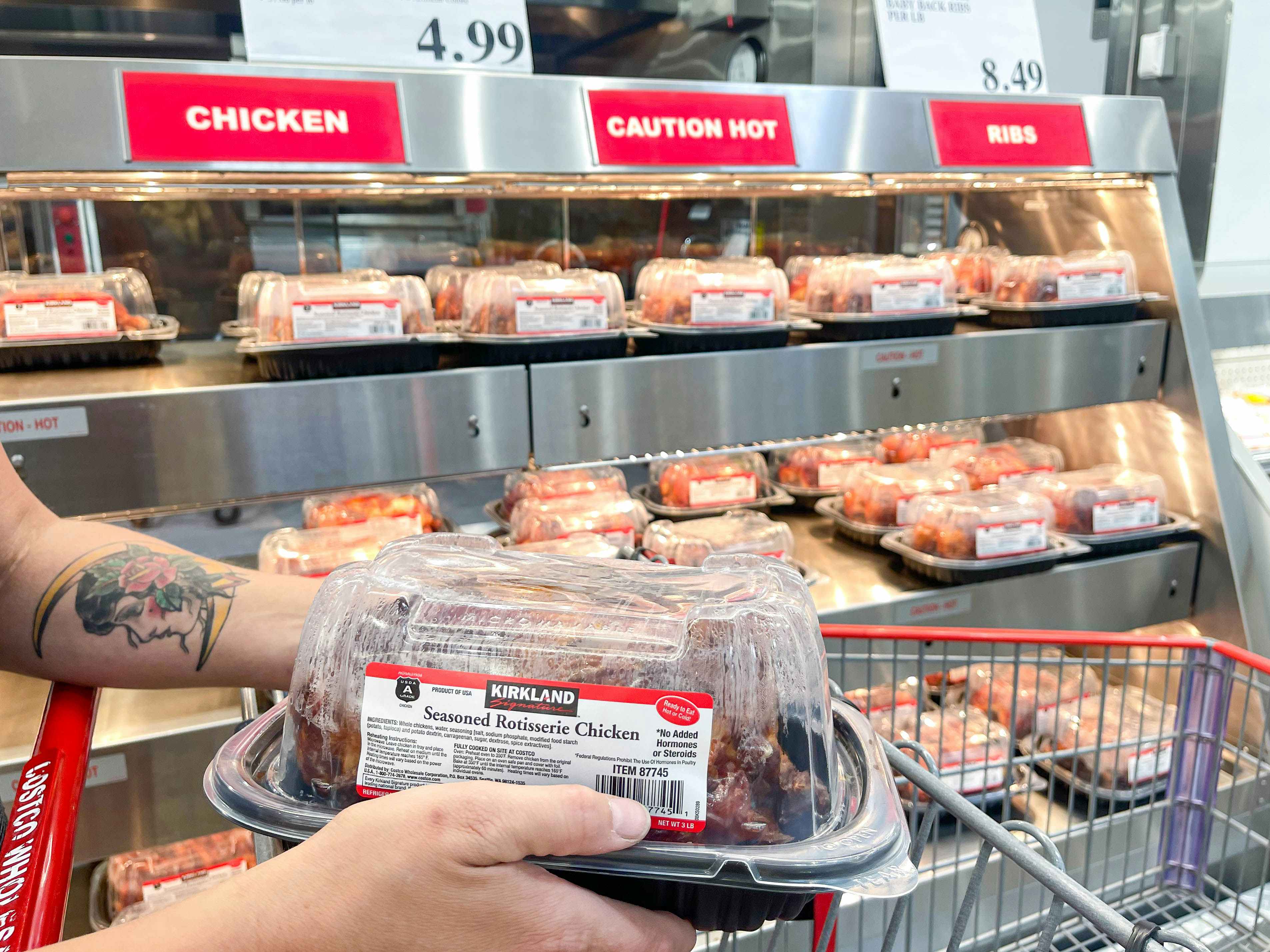
If you can resist the urge to impulse buy, use this list to find some loss leaders at your favorite grocery stores.
1. Rotisserie chickens at Costco
Costco sells whole rotisserie chickens for $4.99 each, and they’re high on the list of Costco customer favorites. But the $4.99 price tag is actually lower than what it costs to sell these items.
2. Grade A Eggs at Target or Walmart
When it comes to buying cheap eggs, Target and Walmart are typically the top two contenders for the cheapest Grade A eggs. At the time of writing this post, you can buy Walmart’s Great Value brand eggs for $3.82 per dozen, which comes out to $0.32 per egg. Compare this to Target’s Good & Gather large white eggs for $4.99 a dozen, or $0.42 per egg.
3. Subs at Publix
At Publix, you can buy a whole sub piled high with Boar’s Head sliced ham for just $6.59. Not even Subway’s footlong ham sub ($7.59) can beat this price.
4. Flowers at Trader Joe’s
The flowers at Trader Joe’s often beat out prices at every other competitor. You can buy a dozen roses for $7.99 or a 20-stem bouquet of tulips for just $10.99.
5. Cleaners and paper towels at Dollar General
Former Dollar General employees say the company actually loses money on bleach, paper towels, and Fabuloso cleaners.
6. Two-liter sodas (when they go on sale)
Two-liter sodas (like Pepsi, Dr Pepper, etc.) often go on sale at grocery stores. With sale prices, you could pay less than $1 per 2-liter bottle.
See all the latest soda deals.
7. Sliced deli meat and bakery items
These items aren’t necessarily the cheapest in the store, but you’d pay a whole lot more if grocers were actually aiming to make a profit. Usually, sliced deli meats and bakeries are there to bring you into the store in the hopes that you pick up other grocery items while you’re there.
Related: Use our tips for getting the most out of the Costco Bakery and the Walmart Bakery.
8. Diapers
Most grocery stores don’t sell diapers to turn a profit — they’re there for the customer’s convenience. And because they know most parents don’t go to the grocery store just to pick up diapers (even if they do have a diaper coupon). They usually need a lot of other stuff, too. So grocery stores use these as loss leaders, assuming you’ll buy plenty of other items to make up the difference.
9. Gas
If your grocery store has a gas station outside (think Costco, BJ’s, Sam’s, Club, and Kroger), bingo — that’s a loss leader. They’re getting you to their parking lot, which is one step closer to getting you in the door.
Related: Here’s how all the top fuel rewards programs compare in the savings department.






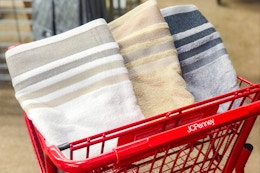

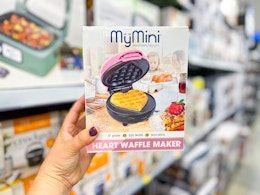
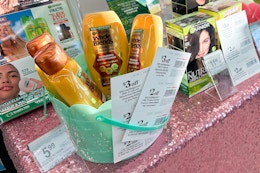


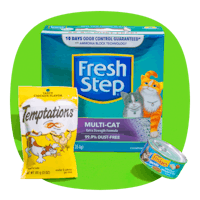

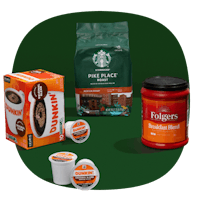
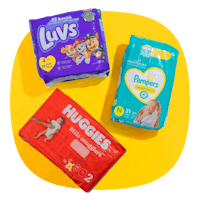
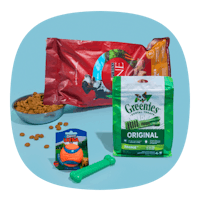
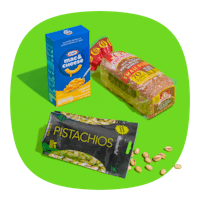

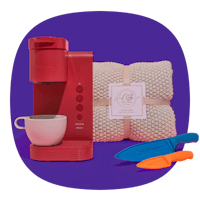
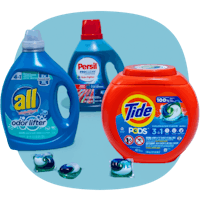





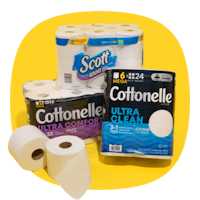




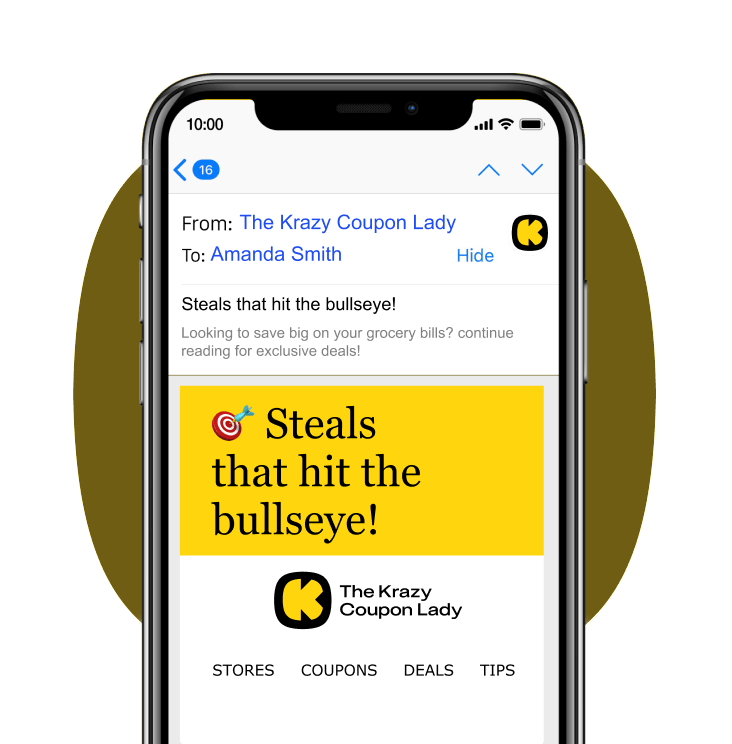
Tell us what you think